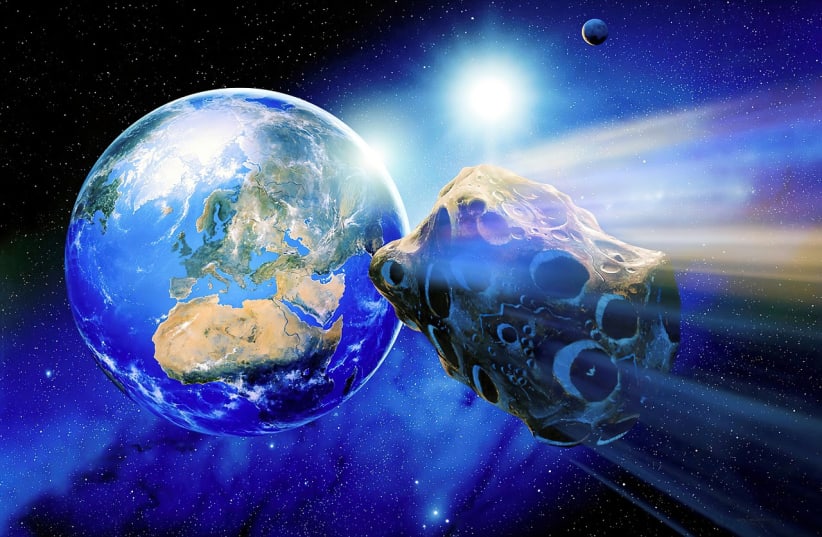An asteroid the size of almost 28 domesticated sheep is set to pass close to the Earth on Sunday, June 4, according to NASA's asteroid tracker.
According to the Center for Near-Earth Object Studies (CNEOS) at NASA's Jet Propulsion Laboratory (JPL), the asteroid in question has been dubbed 2023 HO18, meaning it was discovered sometime this year.
The flyby will be closer than normal, giving the asteroid a rarity rating of one, but it is in no danger of hitting Earth, nor are the two other asteroids also passing by on June 4. No pulling the wool over your eyes on this one.
Baaaad news? How big is the asteroid coming toward Earth in 2023?
Asteroid 2023 HO18 is estimated by NASA to have a diameter of as much as 50 meters. In imperial measurements for American readers, that would be 164 feet or just under 55 yards.
But to use a more creative metric, consider the humble domesticated sheep (Ovis aries). These animals are widespread throughout the world and while there are a wide number of breeds, they are all still part of the same species.


According to the University of Michigan's Animal Diversity Web, domesticated sheep can, on average, grow to as long as 1.8 meters in head and body length. This means that asteroid 2023 HO18's diameter is as long as a line of around 28 domesticated sheep, likely being herded by a very eager corgi or German shepherd.
Are ewe sure? What other asteroids are set to pass by soon?
A total of three asteroids, including asteroid 2023 HO18, are set to pass the Earth on June 4.
Here are those two other asteroids, along with their own special measurements.
Asteroid 2023 JE5 has an estimated diameter of 59 meters. That means it's around the size of the Goodyear Blimp.
Asteroid 2023 JR 2 has an estimated diameter of 63 meters. That means it's around the size of 31 average Yamaha motorcycles.
Ramming speed: Is an asteroid going to hit the Earth in 2023?
Will an asteroid hit Earth in 2023? Yes. Will it be asteroid 2023 HO18 or any of the others passing by today? No.
Rather, an asteroid already hit the Earth earlier this year – specifically back in February, when asteroid 2023 CX1, the size of two Super Bowl trophies, impacted near Normandy in France.
Aside from that, several smaller objects – meteors – have already hit the Earth, too. One even happened in Israel, exploding in the northeast of the country back in April. Several months before that, a meteor the size of a Pembroke Welsh corgi hit Texas.
None of these caused any damage, because these small meteor and asteroid impacts, when they do happen, usually don't cause any harm apart from a loud explosion.
But at 50 meters in diameter, asteroid 2023 HO18 is large enough to potentially cause some damage – though nothing of apocalyptic proportions.
That's fortunate, considering how close 2023 HO18 is coming. According to NASA, it's set to pass just over 466,000 kilometers away from Earth. That's closer than normal, but not closer than the Moon, which orbits the Earth at an average distance of 384,000 kilometers. However, it is closer than NASA's James Webb Space Telescope, which orbits at 1.5 million kilometers away from Earth.
Sheer danger: Can we stop an asteroid impact?
The field of planetary defense has been developed over the past several years in order for scientists at NASA and other institutions around the world to find ways to protect the Earth from asteroid impacts.
While a number of initiatives have been discussed, the one with the most support is NASA's Double Asteroid Redirection Test (DART) Mission, which was successfully tested by crashing into the faraway asteroid Dimorphous, thus altering its orbit.
So humanity is at no risk of being killed by asteroids any time soon. Now you can sleep safe at night while counting sheep.
